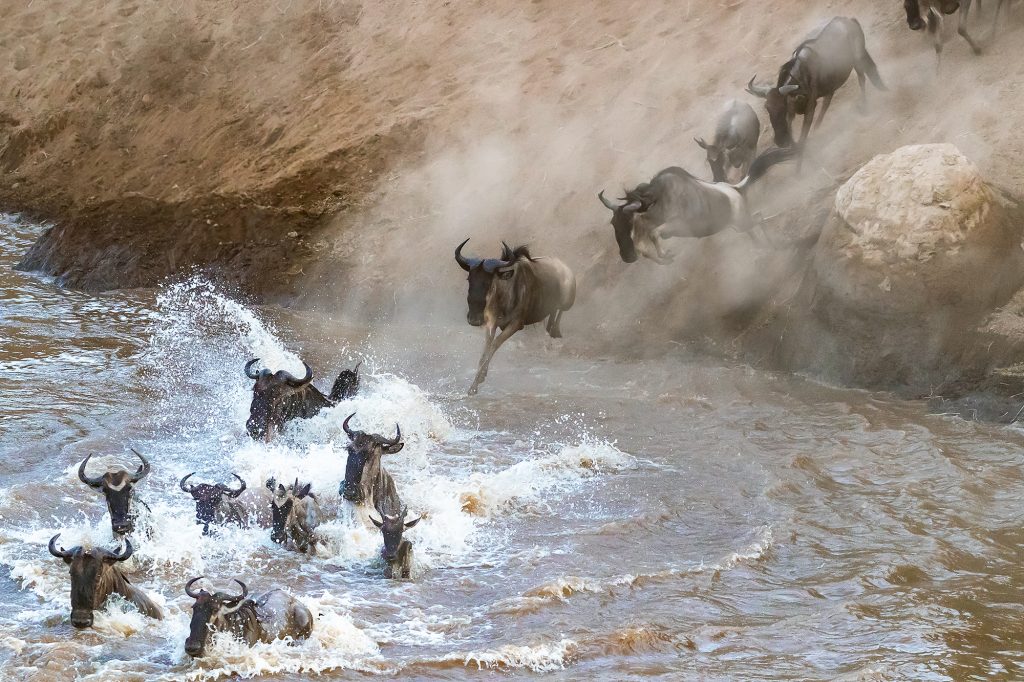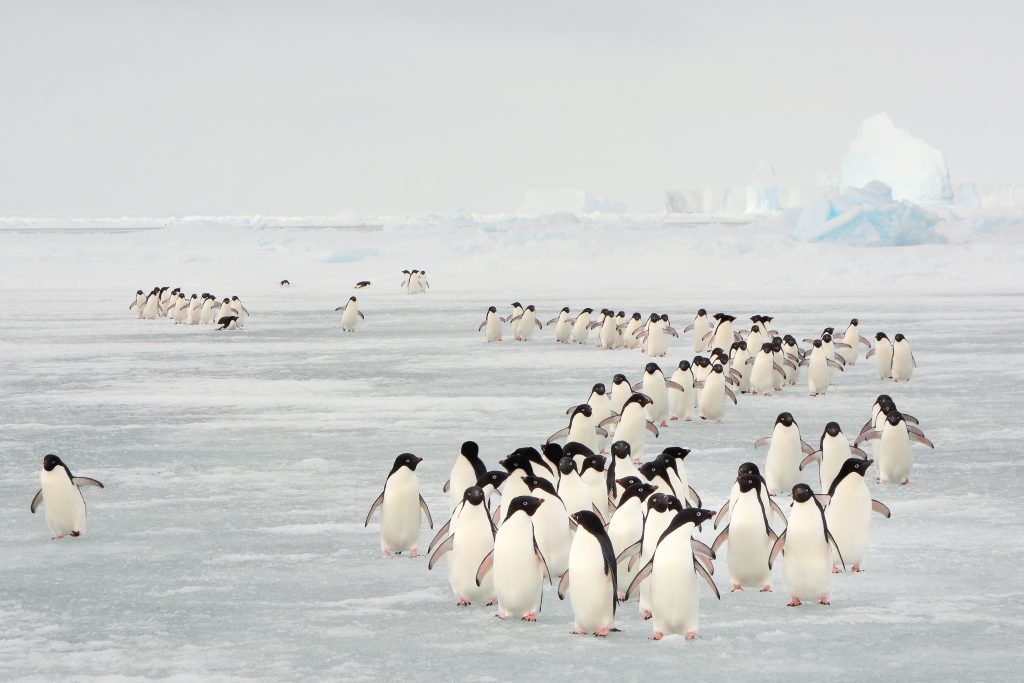
Seasons Changing Weather & Organism Behaviors


Seasons Objectives:
- Explain what causes seasonal changes away from the equator.
- Describe how seasonal changes lead to aestivation and hibernation behaviors.
- Explain how genetics and experience relate to migratory behaviors in various species.

If you live away from the equator, you have experienced seasonal changes.
Many cultural celebrations are built around seasonal changes. From spring planting through fall harvest, agriculture and human survival is impacted by seasonal changes.

These are ears of “gem corn,” a descendent of Native American popcorn with incredible genetic diversity. The ears mature in the fall and each kernel can grow into a unique individual plant. These colors are not altered, this is how they look right out of our garden.
This video introduces why seasons change and how animals can react to extreme changes.
Does the cause of changing seasons make sense? If not, here are two additional videos that may help.
As winter approaches, some animals that stay active attempt to store sufficient food. This squirrel is burying an entire pine cone.

If shifts in seasonal weather are extreme: hot, cold, dry, or wet; animals may go dormant during the harshest months. Dormancy is decreasing overall activity, which reduces metabolism (cellular activity) to the point at which an animal may not need to eat or drink for weeks, even months, at a time.
Some species of ecotherms, like these goldfish, can survive cool temperatures for short periods of time by moving slowly and longer periods of time by hibernating.
Hibernation as a form of temperature regulation will be covered in a later guide.

It is basic field practice to not disturb a dormant animal. In the case of rodents like the dormouse or hibernating insects, prematurely waking from a dropped level of metabolism can utilize so much of the animal’s energy reserves that it may not survive the dormant period.
And of course it never makes sense to disturb a bear. Many people are not aware that they can quickly waken from deep sleep. Although if you have seen bears in the winter, you may be aware that some species occasionally break hibernation to forage in the snow and drink water.
The photo is a bear den. Anything this large and well maintained is worth avoiding.

Some insect species in regions with hot and dry summers aestivate to avoid desiccation (drying out).
This video introduces lady beetles and aestivation.
This video discusses the lady beetles as they are emerging out of aestivation around our cargo container.
Migration
Changing conditions can drive animals to migrate from one location to another. This section looks at innate and learned behaviors related to migration.

If you have studied world history or sociology, you have probably learned about significant migrations in our own species. Other animals migrate for many of the same reasons: avoiding harsh seasonal changes, leaving areas of limited food availability, escaping conflict, and surviving natural disasters.
The big differences are that humans have more choices in dealing with changing environmental conditions, and we are not as strongly genetically programmed to migrate as many other animal species.

This video introduces innate and learned aspects of animal migration.
Ocean-going (anadramous) salmon not only migrate great distances, they also have to physically change to be able to tolerate different water chemistry. This video uses a game to illustrate the story of salmon runs.
These are hatchery salmon that have returned to the stream next to the facility where they were raised. The fish in the second video are spawning.
One of the most dramatic migrations in the world is the thousands of miles traveled by a subspecies of Monarch Butterfly. This video provides an overview.
Monarch butterfly on a coneflower
The next section introduces disturbances like fires and floods that start the process of succession.

Check your knowledge. Can you:
- Explain what causes seasonal changes away from the equator?
- Describe how seasonal changes lead to aestivation and hibernation behaviors?
- Explain how genetics and experience relate to migratory behaviors in various species?















